
Introduction
It is very important to understand your taxable salary income. Every salaried person needs to compute the taxable salary income and choose the applicable tax regime; it's either the old tax regime, where the entire gamut of deductions and exemptions are available, or the new tax regime under section 115BAC, offering simpler slab rates but with many fewer deductions. We shall focus on both the old tax regime and the new tax regime and we shall understand applicability, slab rate and key features. We shall also analyse which regime may be more advantageous based on different income scenarios.
What is Section 115BAC?
Definition and Purpose
The Finance Act, 2020, introduced a provision, Section 115BAC of Income Tax Act,1961, wherein eligible individuals and Hindu Undivided Families would have an option to be taxed under a new tax regime with reduced slab rates and fewer exemptions. To put it simply, what is 115BAC? It is the tax provision whereby taxpayers can opt for the new tax regime by giving up many deductions for lower rates.
Applicability
The new tax regime under section 115BAC, in most cases, applies to individuals and HUFs whose income is derived from sources other than business or profession, subject to conditions. Section 115BAC, sub-section 115BAC(1A) enables an individual/HUF to choose the new tax regime. Thus, when you encounter “115BAC(1A)”, know that it refers to a part of the law permitting the option to choose the new regime.
Key Features of the New Regime under Section 115BAC
- Simpler Structure versus Fewer Deductions
Under the regime of 115BAC income tax, the taxpayers get a more simplified and transparent structure of taxation with lower slab rates under 115BAC, which makes their computation of tax easy and fast. However, for this simplicity, as a bargain, a taxpayer has to give up quite a few very popular exemptions and deductions that are otherwise available under the old regime, like benefits on HRA, LTA, and deductions under Sec 80C, 80D, and other investment-linked provisions. The section 115BAC framework, on the other hand, tries to make filing easier by offering reduced rates and minimal paperwork, getting rid of the complexity of many of the exemptions.
- Default Regime from FY 2023-24
Starting with Financial Year 2023-24 (Assessment Year 2024-25), the new tax regime represented under section 115BAC has now become the default tax structure for all salaried and non-business people. This implies that unless the taxpayer explicitly chooses to stay under the old regime, section 115BAC would apply automatically. Basically, it is the intent of the government to make section 115BAC of income tax act the default option to promote a streamlined system with reduced compliance and uniform slab rates for most taxpayers.
- Loss Set-Off Restrictions
While the regime under section 115BAC presents clarity in relation to its lower rates, there are certain restrictions. The losses or unabsorbed depreciation that relate to the deductions or allowances not permitted under this regime are not allowed to be carried forward or set off against the income of any other year. This is the limitation provided under section 115BAC, for it also maintains harmony with the policy underlying this simplified taxation-where fewer exemptions translate into fewer adjustments and set-offs. Taxpayers availing themselves of the 115BAC income tax regime have to carefully assess the long-term implications of these restrictions on losses before finally making a choice between the old and new regimes.
Old Regime vs New Regime Section 115BAC
1.Old Tax Regime
Under the old tax regime, an individual pays income tax on the basis of the age-specific and income-based slab rates, although one can claim any number of deductions and exemptions. Generally speaking, one can also reduce one's taxable salary income by availing deductions under Section 80C on specified investments, such as PPF, ELSS, LIC, etc., Section 80D for medical insurance premiums, and interest on home loans under Section 24(b), among others. It is ideal for those who invest actively in tax-saving instruments and prefer to maximize the exemptions to lower their taxable income. It involves more documentation and calculation and hence is relatively complex for those who do not have significant deductions.
2.New Regime under Section 115BAC
The new regime under section 115BAC of Income Tax Act proposes a simplified structure of tax in which individuals can avail lower 115BAC slab rates by substantially reducing compliance. Most of the deductions and exemptions are done away with in the new regime unlike in the old regime, thereby enabling the taxpayer to make a clear-cut calculation of income tax without maintaining any proofs of investments or claims. This, therefore, makes the section 115BAC framework particularly appealing to salaried people with limited deductions or those who favor clarity over complex tax planning.
Following Benefits/Deductions will not be available u/s 115BAC
- Salary Allowance Exemption [Except Travelling, Daily, Conveyance Allowance]
- Leave Travel Concession
- Salary Deduction u/s 16 [Professional Tax and Entertainment Allowance] (However, Standard Deduction of ₹75,000 is allowed from salary)
- Interest Deduction on Self Occupied House Property
- Section 10AA: SEZ
- Additional Depreciation
- Section 33AB and Section 33ABA
- Section 35: Scientific Research [Outside Contribution]
- Section 35AD: Specified Business
- Section 35CCC: Agricultural Project
- Deduction under Chapter VI-A [Except Section 80CCD(2): Employer Contribution to New Pension Scheme, 80CCH(2): Central Government Contribution to Agnipath Scheme and 80JJAA: Employment of New Employees]
Summary Comparison
|
Feature |
Old Regime |
New Regime (Section 115BAC) |
|
Access to deductions like Section 80C, HRA, and home-loan interest |
Yes – You can claim deductions under Section 80C, 80D, HRA, and interest on home loans to reduce your taxable income. |
Mostly No (limited) – Under the section 115BAC income tax structure, most exemptions are not allowed. Only a few specific deductions are retained. |
|
Simplicity and 115BAC slab rates |
Less simple, higher rates – The old regime involves multiple calculations, investment proofs, and exemption claims. |
More simple, lower rates (115BAC slab rates) – The 115BAC income tax system offers reduced tax rates and a straightforward structure without the hassle of managing deductions. |
|
Default status under section 115BAC |
Manual choice required – Taxpayers must opt for this regime each year when filing returns. |
Default regime from FY 2023-24 – The new regime under section 115BAC became the default system for salaried and non-business taxpayers starting FY 2023-24 (AY 2024-25). |
|
Rebate under Section 87A |
Up to ₹12,500 rebate if total income ≤ ₹5,00,000. |
Up to ₹25,000 rebate if total income ≤ ₹7,00,000. |
The 115BAC Slab Rates
The major attractions of the new regime are lower tax slab rates under section 115BAC. Here are the latest available, FY 2025-26 / AY 2026-27 115BAC slab rates for individuals under the new regime:
115BAC slab rates (New Regime)
|
Slab |
Tax Rate |
|
Income up to ₹4 lakh |
Nil |
|
₹4 lakh – ₹8 lakh |
5% |
|
₹8 lakh – ₹12 lakh |
10% |
|
₹12 lakh – ₹16 lakh |
15% |
|
₹16 lakh – ₹20 lakh |
20% |
|
₹20 lakh – ₹24 lakh |
25% |
|
Above ₹24 lakh |
30% |
The Old Tax Regime Slab Rate
|
Annual Taxable Income Range |
Individuals (Below 60 years) & HUF |
Resident Senior Citizens (60 to 79 years) |
Resident Super Senior Citizens (80 years and above) |
|
Up to ₹2,50,000 |
Nil |
Nil |
Nil |
|
₹2,50,001 to ₹3,00,000 |
5% |
Nil |
Nil |
|
₹3,00,001 to ₹5,00,000 |
5% |
5% |
Nil |
|
₹5,00,001 to ₹10,00,000 |
20% |
20% |
20% |
|
Above ₹10,00,000 |
30% |
30% |
30% |
Eligibility & Conditions under Section 115BAC
Who can opt?
The class of taxpayers coming within the ambit of section 115BAC is broad-everything from resident individuals, non-resident individuals, HUFs, AOPs, and BOIs. In other words, both resident and non-resident taxpayers will have the option to choose this new regime under section 115BAC of Income-tax Act if they so desire a much-simplified method of tax computation and lower rates of 115BAC slabs as against the traditional deduction-based structure.
Conditions to note
Section 115BAC mandates the taxpayers to compute their income without claiming most of the deductions or exemptions that are otherwise available under the old regime. This essentially would mean that popular deductions under section 80C, 80D, and exemptions like HRA or LTA are not generally allowed. Further, if an individual or HUF derives income from business or profession, there are special provisions that have to be followed; for example, once such a taxpayer opts out of the new regime, they cannot go back on it in subsequent years. Under 115BAC 1A, a salaried taxpayer can opt for the new regime either while filing the return of income or by intimating the employer at the beginning of the financial year for appropriate TDS deduction. Also, in case a taxpayer chooses the new regime under section 115BAC, he shall be bound to follow the rules as applicable for that assessment year, and certain categories, especially those with business income, lose the flexibility to revert to the old regime frequently.
The Old Regime or the New: Which Way?
Your income structure, deductions available, and the objectives of saving taxes will decide on whether to choose the old tax regime or the new regime under section 115BAC.
- Scenario: When the Old Regime is Better
The old tax regime continues to be beneficial for that category of taxpayers who can claim a number of deductions and exemptions.
With substantial deductions under Sec 80C, 80D, home loan interest, HRA, and others, the old regime could give you a relatively lower taxable income and reduced overall tax liability despite the relatively higher slab rates. To put it in another way, in case you are maximizing the tax benefits of deductions, the old regime is still rewarding despite being more complicated.
- Scenario When the New Regime (Section 115BAC) is Better
The new tax regime under section 115BAC has simplified tax computation and provides attractive 115BAC slab rates. If an individual has limited deductions or exemptions, prefers a simple approach, and wants to avoid maintaining records in support of various different deductions, the new regime under Section 115BAC of the Income Tax Act can be a wiser decision.
This regime is more beneficial, especially for the salaried people who seek low rates of tax and minimum compliance; thus, making filing easier and quicker.
How to compare
1. Calculate taxable salary income under the old regime: tax liability after deductions and exemptions.
2. Calculate income liable to taxation from salary under the new regime by using 115BAC slab rates without most deductions.
3. Compare and choose the lower tax liability.
Important Practical Points
- Even if the new regime under section 115BAC is default, you can opt for the old regime every year if you meet conditions - for salaried.
- There may be certain restrictions for business/profession income earners: once you opt out of the new regime, you may not revert to it.
- Loss carry-forward and set-off under 115BAC-house property losses/business losses may be restricted.
- The employer must know your choice, old versus new, right at the beginning of the financial year so that they can deduct TDS accordingly.
- Online calculators for both - old regime versus new regime under section 115BAC-can help in taking an informed decision.
Key Takeaways
Section 115BAC is the section of the Income-tax Act allowing a new regime with reduced 115BAC slab rates but also with fewer deductions. Section 115BAC of the Income Tax Act forms part of the legislative framework. Sub-section 115BAC(1A) allows an individual/HUF to opt for the new regime. 115BAC income tax refers to the new tax regime tax computation under section 115BAC. 115BAC slab rates are the attractive part: much lower tax rates for many income levels compared to the old regime. Always compare old regime and new regime under section 115BAC on the basis of your personal income, deductions, exemptions, and preferences for simplicity versus tax-saving.
Conclusion
The choice between the old tax regime and the new regime under Section 115BAC is thus a strategic call based on your taxable salary income, deductions that you can claim, your penchant for simplicity, and your long-term tax planning. While the slab rates under 115BAC look quite lucrative, one will have to weigh these against the value of the deductions and exemptions that one would be required to give up. Go through the rules and eligibility criteria above, review your finances, compute both options, and then choose the path that best fits you in the context of the income tax under section 115BAC. Remember, the best regime is that which gives lesser tax liability, easy compliance, and aligns with your financial goals.
Recent Posts
-
 Taxable Salary Income: Old vs New Regime - Section...
Nov 13,2025
Taxable Salary Income: Old vs New Regime - Section...
Nov 13,2025
-
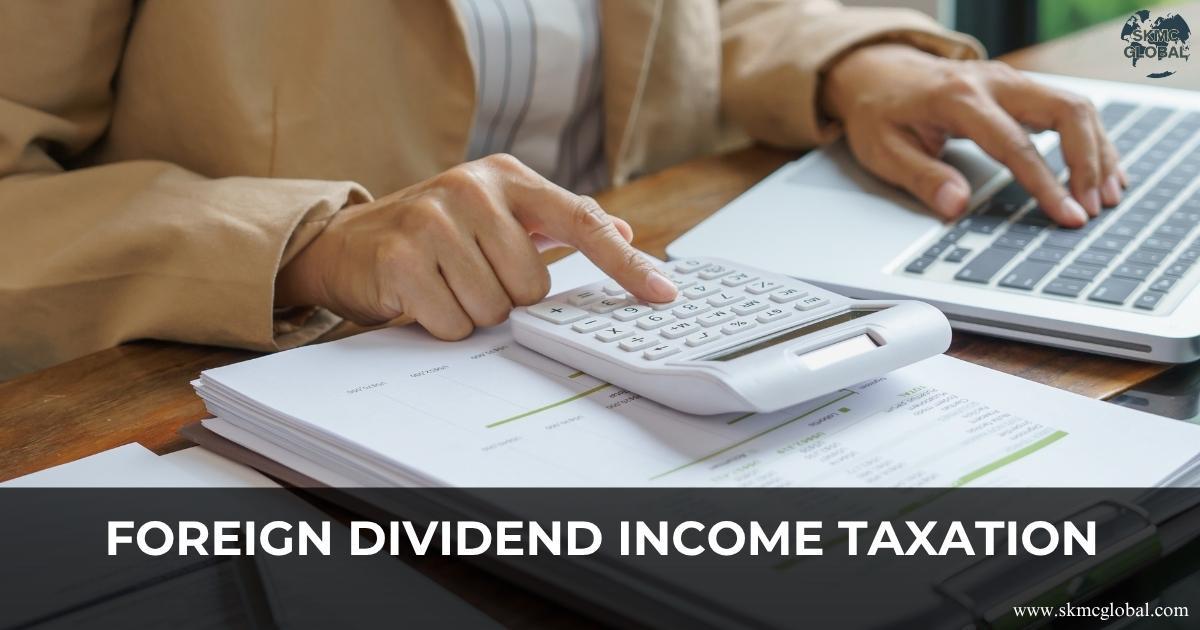 Understanding Foreign Dividend Income Taxation...
Oct 21,2025
Understanding Foreign Dividend Income Taxation...
Oct 21,2025
-
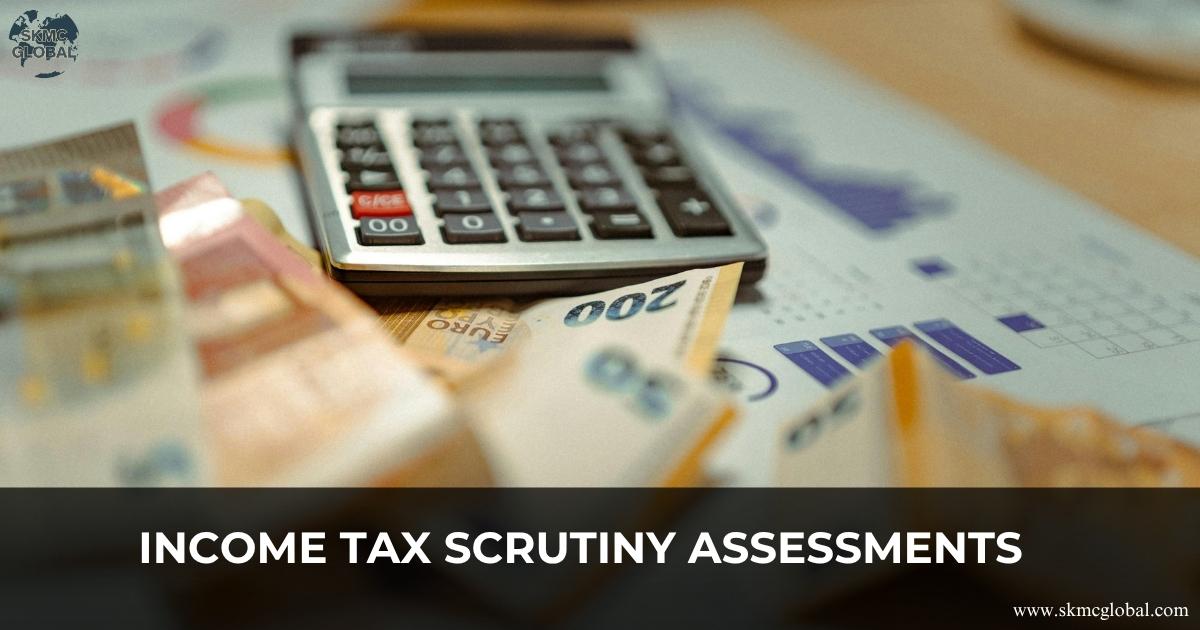 A Guide on Income Tax Scrutiny Assessments...
Oct 17,2025
A Guide on Income Tax Scrutiny Assessments...
Oct 17,2025
-
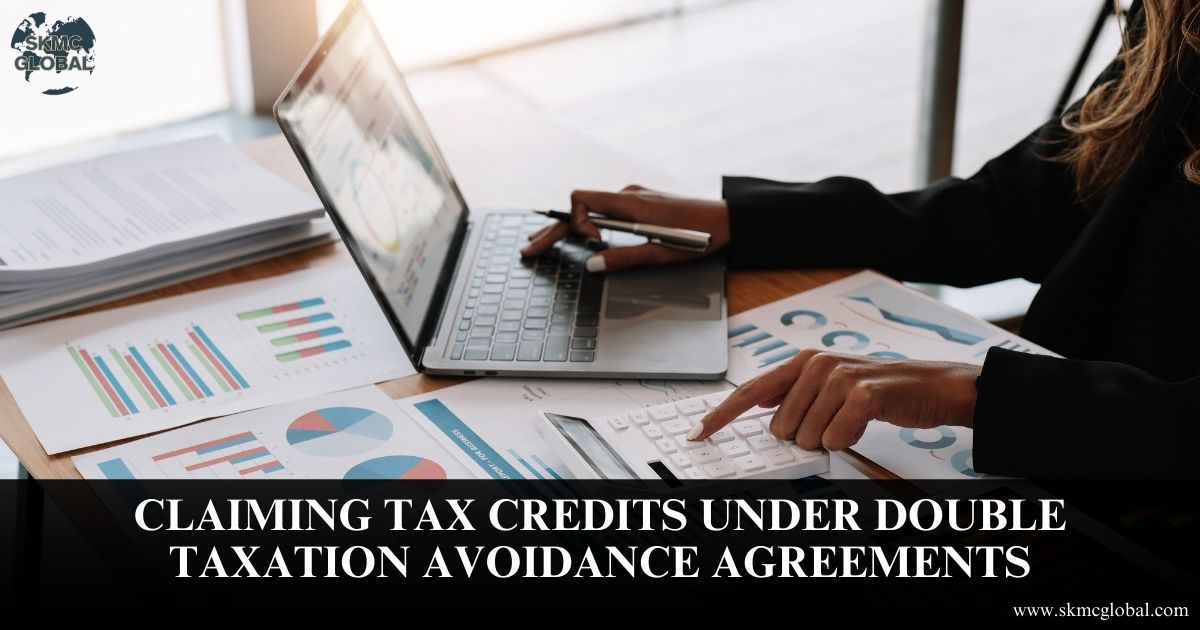 Claiming Tax Credits under Double Taxation Avoidan...
Aug 28,2025
Claiming Tax Credits under Double Taxation Avoidan...
Aug 28,2025
-
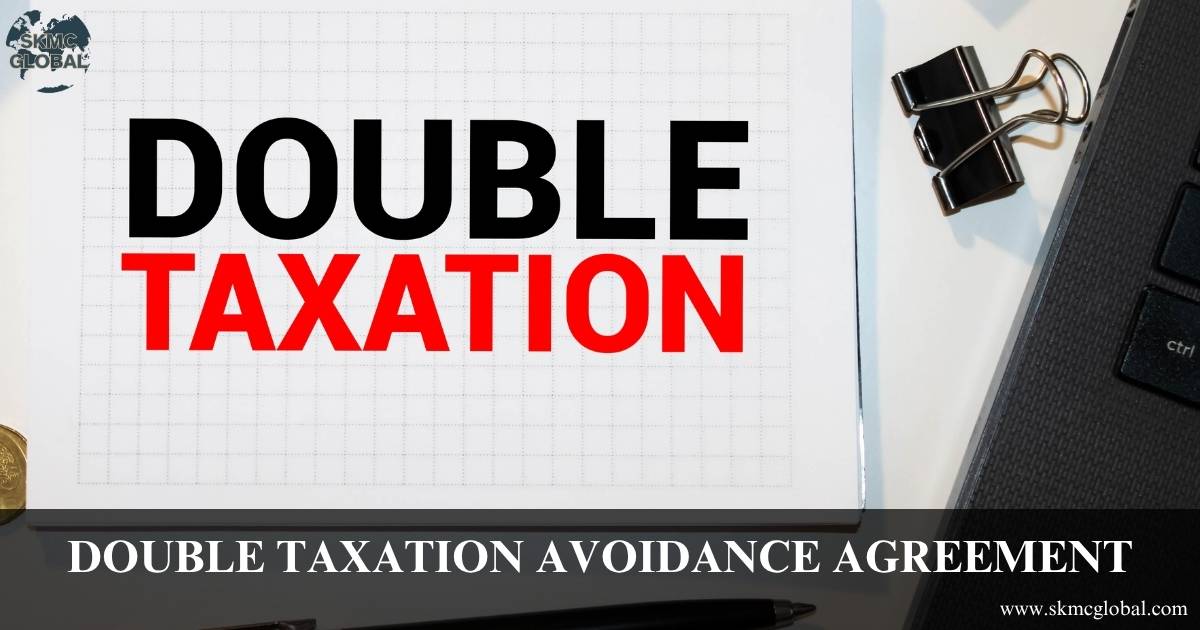 Relevance of Double Taxation Avoidance Agreement f...
Jul 19,2025
Relevance of Double Taxation Avoidance Agreement f...
Jul 19,2025
-
 Understanding APAs Under Indian Income Tax Law: Pr...
Jun 23,2025
Understanding APAs Under Indian Income Tax Law: Pr...
Jun 23,2025
-
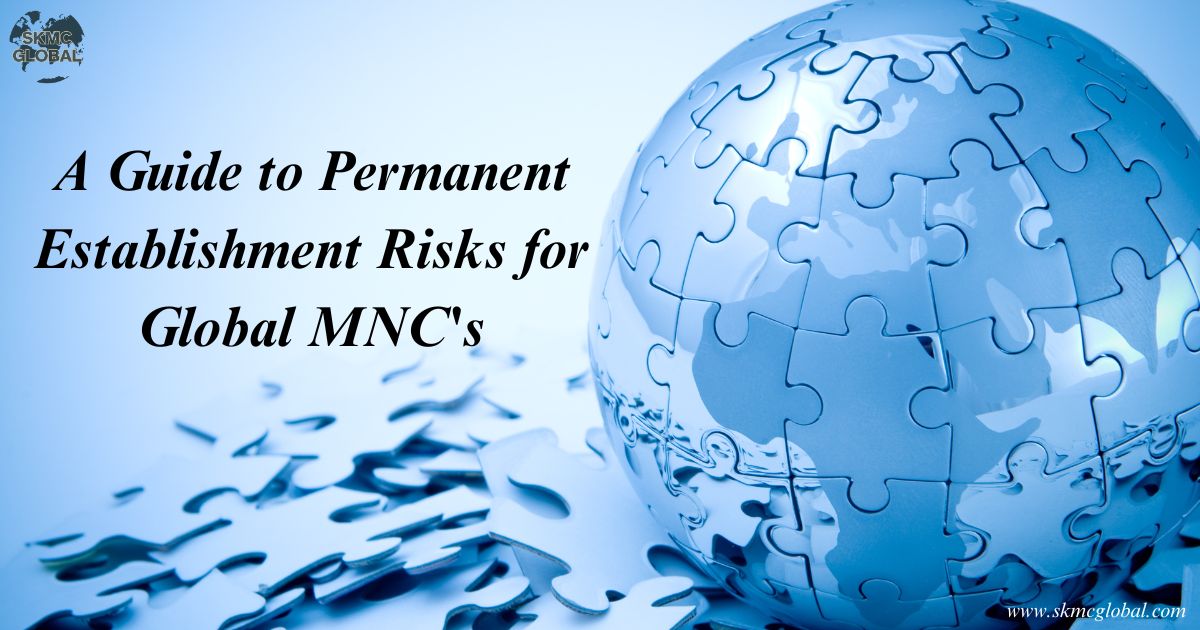 A guide to permanent establishment risks for globa...
May 16,2025
A guide to permanent establishment risks for globa...
May 16,2025
-
 E- Commerce-Challenging Transactions Without Borde...
Mar 20,2025
E- Commerce-Challenging Transactions Without Borde...
Mar 20,2025
-
 Form 10F...
Mar 04,2025
Form 10F...
Mar 04,2025
-
 THE NEW INCOME TAX BILL, 2025...
Feb 24,2025
THE NEW INCOME TAX BILL, 2025...
Feb 24,2025
-
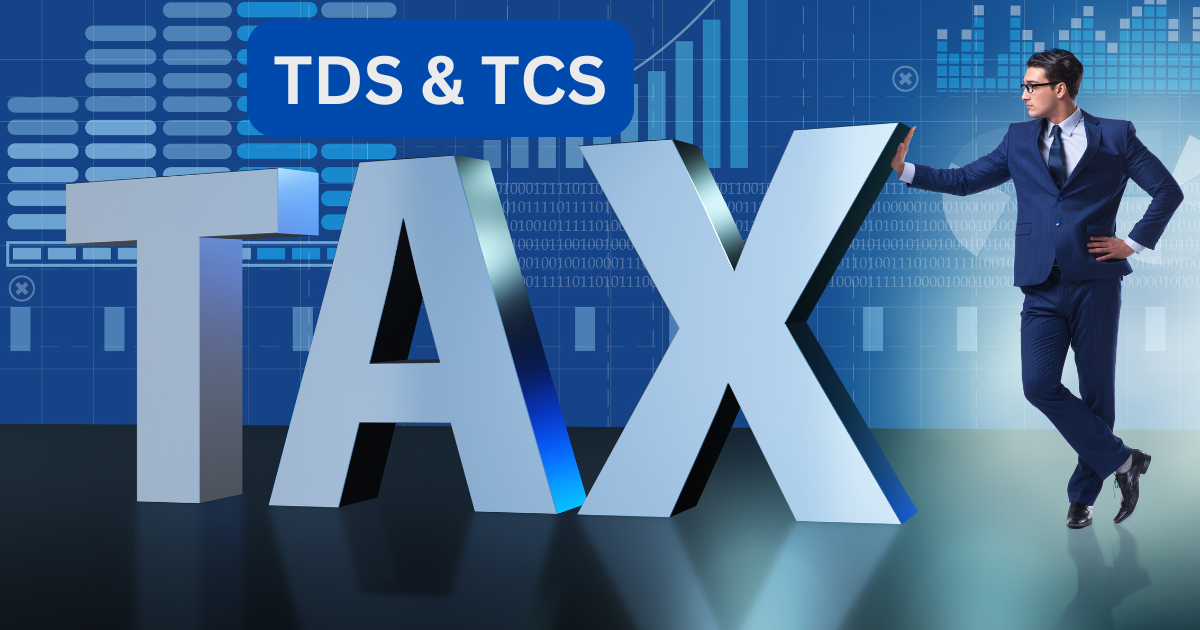 TDS Amendments...
Feb 14,2025
TDS Amendments...
Feb 14,2025
-
 What is an Income Tax Clearance Certificate (ITCC)...
Oct 02,2024
What is an Income Tax Clearance Certificate (ITCC)...
Oct 02,2024
-
 Introduction to Cross-Border Taxation...
Apr 13,2022
Introduction to Cross-Border Taxation...
Apr 13,2022
-
 The Importance of Transfer Pricing for Multination...
Mar 16,2022
The Importance of Transfer Pricing for Multination...
Mar 16,2022
